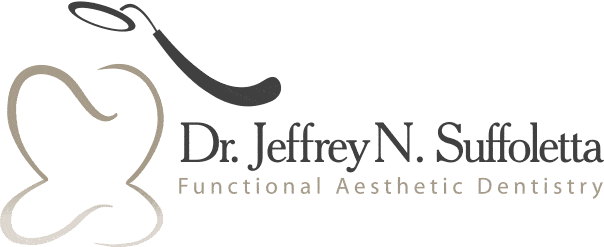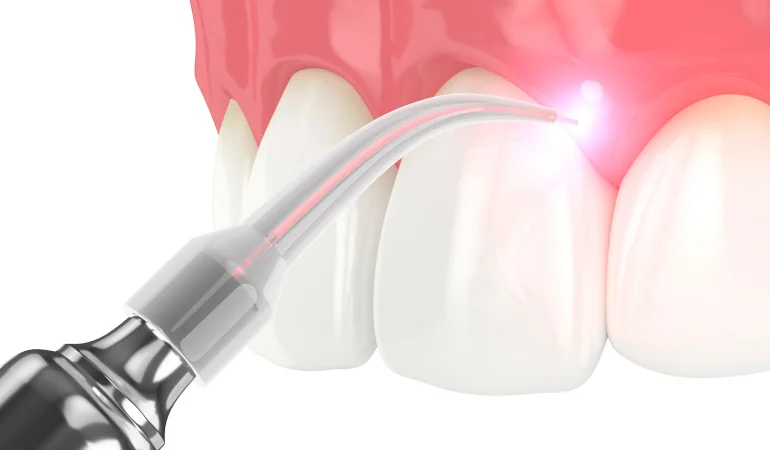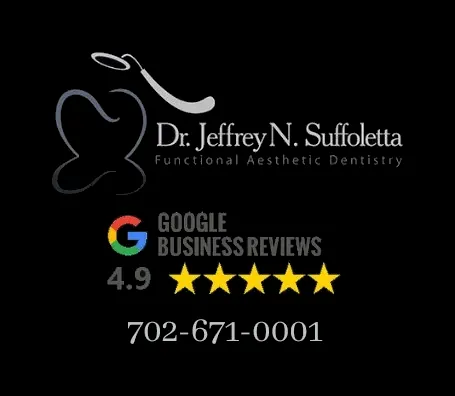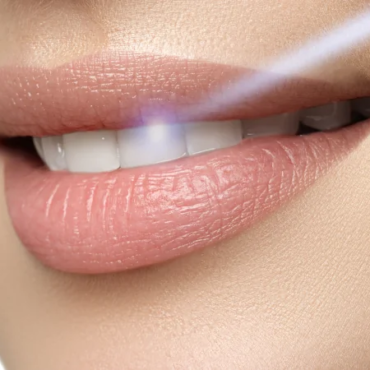According to the CDC, Americans living below the Federal poverty level and those lacking a high school education are over 65% more likely to have a prevalence of periodontitis.
Gum Disease is a dental medical condition that plagues thousands of Americans and Individuals around the world. While oral medical treatments have improved our way of life, unfortunately the fact is that gum disease continues to exacerbate hundreds of thousands of lives across the world. Even the best treatment for gum disease today will be insufficient if the patient can’t afford to treat the disease. According to the CDC, Americans living below the Federal poverty level and those lacking a high school education are over 65% more likely to have a prevalence of periodontitis.
Whether your dentist provides advanced dental technology or not, the end result is that cost will matter in gum disease treatment. The result of this cost is attributed to the long-term process required to treat the illness. Whether you believe you have the best treatment for gum disease or not, doesn’t always relate to cost.
One argument says that the better and more efficient the technology, the easier it is to reduce the cost to a patient. On the other hand, advanced technology isn’t cheap and a dentists’ ability to repay it may take some time depending on the tech. In the search for the best treatment for gum disease, one could say that laser dentistry is the best viable option. However, like any treatment dealing with gum disease, patience, time and a change in lifestyle habits is required.
Our Recommended Best Treatment for Gum Disease
Laser Dentistry for gum disease is one of the top methods we recommend for patients to treat gum disease. As a multi-use equipment and in its application, it has proven over the last decade or two that its existence is permanent. With the increase of periodontal disease on those over the age of 30, its application is robust and felt widespread.
Research shows that as of August 30th 2012, the prevalence of periodontal disease increases. Consequently, this increase is based on multiple factors, but in this article we’re going to combine those into two primary categories. One is attributed to age with an increase in prevalence after 30 and another after 65 years of age. The second factor is income levels, which can also be pooled in with educational standards. The lower the income and educational level, the more possible you are to experience progressive gum disease.
Another research highlights racial disparities in dental care, which can also play a part in our second example. Where income levels and educational levels may contribute to racial disparities in dental care. However, this is subjective to the demographics of the area of course.
Conventional Gum Surgery VS Laser Gum Treatment
Conventional Gum Surgery:
- Traditional gum surgery required the use of a scalpel. As a result, this requires an incision to expose the gums, remove bacteria and dead gum tissue. This is not to say that conventional gum surgery for periodontal disease isn’t a viable option. However, considering today’s advance dental technologies, it no longer is the best treatment for gum disease.
- This traditional method requires sutures and a longer recovery process. You can expect some level of pain or discomfort and a healing period that can last 7 to 10 days. Consequently, in most cases where pain or discomfort is expected, your dentist may require that you undergo some sort of anesthesia. Likewise, you can also understand why the added anesthesia can increase a patient’s cost.
Laser Gum Treatment:
- With laser gum treatment there is no need for an incision as with conventional gum surgery. In addition, the lasers can also be adjusted depending on the degree of your periodontitis. This provides better precision when targeting the bacteria and the infected gum tissue. Hence, why it also decreases the level of invasiveness this type of procedure is known for.
- With laser dentistry for gum disease, there is no need to open the gum tissue with incisions. Similarly, there is also no need to suture the gums back into place. This creates a world of a difference for the patient when it comes to comfort during treatment.
It allows for a number of benefits including:
- Little to no bleeding
- Quicker recovery period
- Less damage to healthy gum tissue
- Better targeting of the bacteria
- Helps cauterize the wounds, which helps the healing process begin rapidly.
Gum Contouring with LANAP
LANAP is similarly known as LANAP Therapy or LANAP Laser Gum treatment and is known as a premier method for gum contouring. One could say that one of the best treatments for gum disease is laser dentistry. Indeed, it carries a multi-purpose use as it is flexible in its application. It can help cauterize the wounds in a root canal for example, but it can also remove infected gum tissue for patients with a gummy smile.
LANAP is used exactly for that purpose. It removes gummy smile that may makes it more susceptible to harbor bacteria and disease. In addition, it has many benefits as it can alter the intensity of the laser. This ability to adjust the laser’s intensity allows your dentist to customize the therapy to your level of periodontal disease. Thereby creating less damage to healthy tissue and targeting the bacteria and the tissue that is going to be removed.
Call a Laser Dentist Near You!
While new technology allows you to take advantage of less invasive treatments, there’s nothing terribly wrong with traditional laser gum treatment methods. Nonetheless, your goal as a patient looking for comfort should be focused around painless procedures. Ask a Laser Dentist near you for the best treatment for gum disease they can provide.






